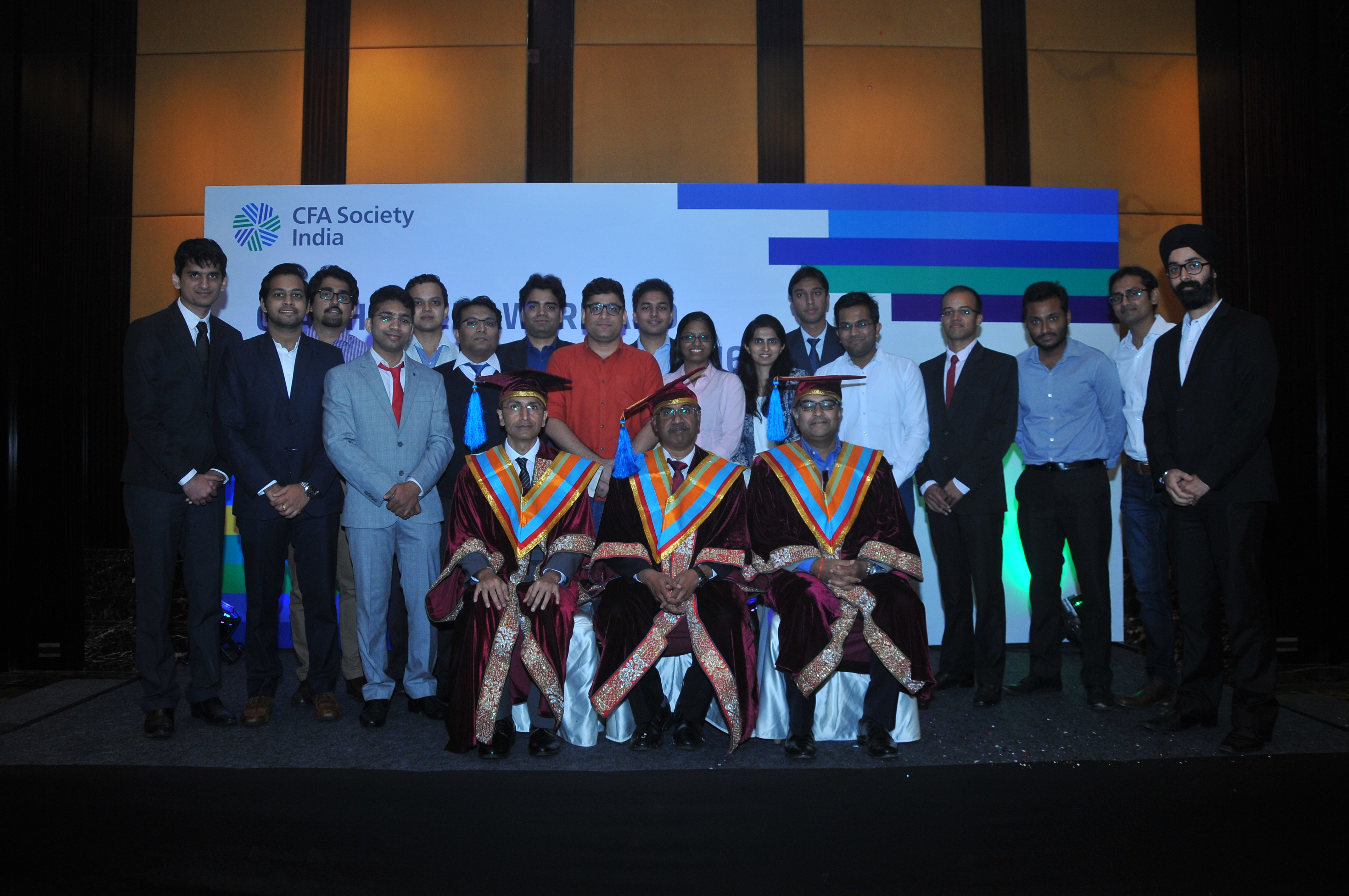- February 28, 2017
- Posted by:
- Category:BLOG, Events, Pune
Contributed by: Mandar Chapekar,CFA

CFA Society, India, Pune Chapter hosted a session on “Listening to Numbers: Quantitative Investment Strategies in India “by Aniruddha Meher on 18th February 2017.
Aniruddha heads Quant Team at Multi-Act Trade & Investment Pvt. Ltd. He has been working in the field of Quantitative Investments for last 12 Years. He covers Indian and Global Equities using Quantitative Techniques and oversees the research of selected currencies and commodities. His area of expertise includes Global Asset Allocation using various indices. Aniruddha has done Masters in Statistics from Pune University
The Crux of the Topic was the importance of having a system, review some simple ways of stock selection, and most importantly, understands how the quant way of investment can help one’s portfolio.
Aniruddha, in his presentation tried to address the 3 main questions about Quantitative Investments viz. Why, What and How. While discussing Why Quantitative Investments, Aniruddha narrated a short story about why System is Must to carry out any given task efficiently and effectively.
Further he mentioned that there are about 200 Active Funds in India. Out of those, approx. half underperform the comparable index and Winners keep on changing every year. Hence it becomes difficult for investor to identify the outperforming fund. Quantitative Investment Strategy helps Investor to identify Probable Winners.
Aniruddha explained about what kind of Quantitative Investment Strategies one can employ. He described three types of categories Viz. I) Value ii) Momentum iii) Proprietary
He illustrated Dividend Yield Strategy which is Value Stratgy. He mentioned that for any kind of strategy one needs define Market Capitalization viz. Large Cap, Mid Cap and Small Cap and classify investable universe in these buckets for easy comparability. Once Market cap is defined then the specific strategy can be employed on these different categories. In case of Dividend yield strategy, we can rank the stocks in descending order of dividend yield and then select first 15 stocks to form portfolio with equal weight given to each stock. This process need to be followed on yearly basis with annual rebalancing of stocks.
Further he provided list of parameters on which one can test the performance of this strategy. The parameters are viz. i) Compounded Annual Growth Rate ii)Sharpe ratio iii)Standard Deviation iv)Maximum Decline v) Highest Draw down vi) Beta vii) Outperformance. He further illustrated how Dividend Yield Strategy on Large cap stocks has outperformed Sensex Returns in last 7 out of 10 Years. He further provided examples of Value Strategies such as Price to Sales, Price to Cash Flow , Price to Earnings , Price to Book etc.
Aniruddha touched base upon Momentum strategies wherein he briefly explained various Momentum Strategies such as Earning Momentum, Sales Momentum, Price Momentum etc.
In proprietary Strategies, Aniruddha explained about how one can include Quality element by introducing few statistical scores like Piotroski F-score (indicates year on year improvement in financials of the Company) Beneish M-Score (indicates possibility of manipulation of financial data) , Altman’s Z score (indicates probability of Bankruptcy) in Quantitative Investment Strategies . He also referred to using Joel Greenblatt’s magic formulae for selection of Quality stocks in Quantitative Investment Strategies.
At the End of Presentation, Aniruddha displayed results of few India Large Cap and Mid-Cap Strategies over last 10 years. Overall it was a very insightful session with focus on Quantitative Investment Strategies that can be used for constructing Investment Portfolios.
–MC



